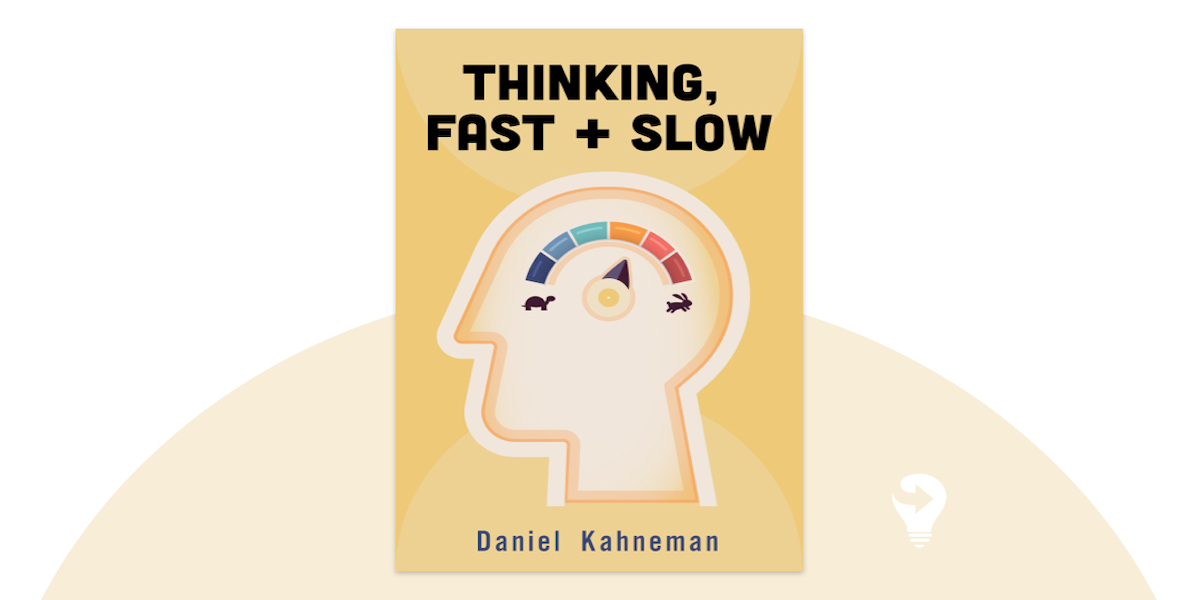Our society is built on the premise that human beings are more or less rational. We trust that our leaders, judges, scientists, and other experts are making fair and unbiased decisions, and that we ourselves are seeing the world as it is and making the best choices we can.
If only that were true! In fact, human thinking is riddled with biases, oversimplifications, and distortions. And these mistakes aren’t random, either. In Thinking, Fast and Slow, Nobel Prize-winning economist and psychologist Daniel Kahneman attempts to uncover the patterns of error in human judgement, and suggests ways we can fine-tune our thinking to make better decisions and see the world more clearly.
To listen to or read the full version of this classic Book Bite, download the Next Big Idea App today.

1. You are always of two minds.
You don’t have one mind. When it comes to thinking, Daniel Kahneman argues, you have two. While they go by many names, Kahneman prefers the terms System 1 and System 2:
- System 1 thinks quickly and automatically, with little to no effort and no sense of voluntary control.
- System 2 operates slowly, calculating and reasoning. It’s what we think of as our conscious, deliberate mind.
System 1 is what lets you immediately recognize that one person is farther away than another, for example, or lets you solve 2 + 2 without having to think about it. System 2 is what lets you calculate just how far away that person is, or helps you solve a harder math problem like 16 x 43.
“By better understanding our two-system mind and how it operates, we can avoid mistakes in reasoning and make better decisions.”
This division of labor is highly efficient. For a mind that is constantly being bombarded with stimuli, it keeps effort to a minimum. System 1 can take care of a lot of basic tasks without any input from System 2. It works most of the time because System 1, despite being automatic and intuitive, is pretty good at modeling familiar situations and reacting to challenges.
But System 1 can make mistakes. It’s prone to biases, cognitive illusions, and overconfidence. We often fail to recognize these errors because they happen so quickly, before our conscious mind has even kicked into gear. By better understanding our two-system mind and how it operates, we can avoid mistakes in reasoning and make better decisions.
To listen to or read the full version of this Book Bite and many more, download the Next Big Idea App today:































